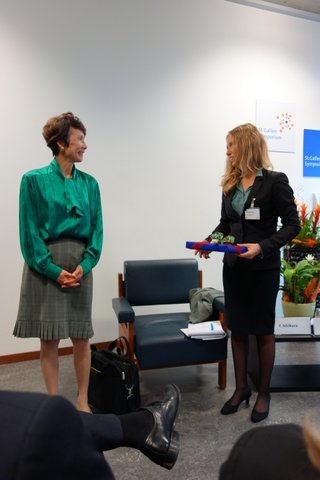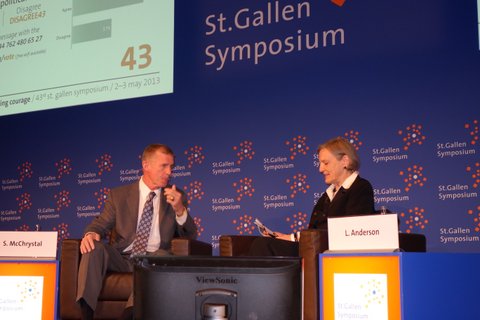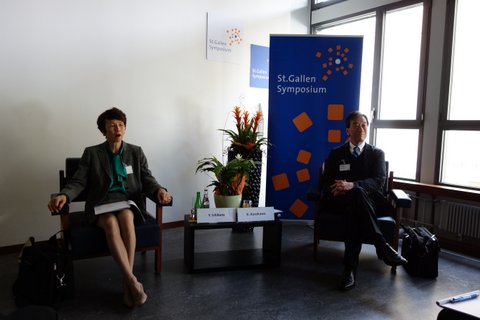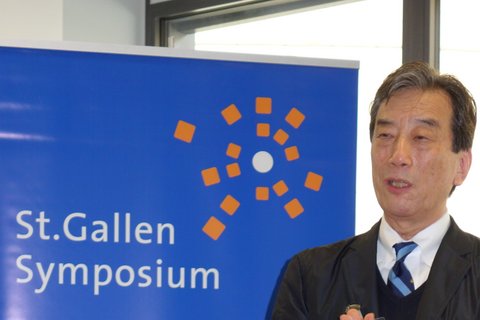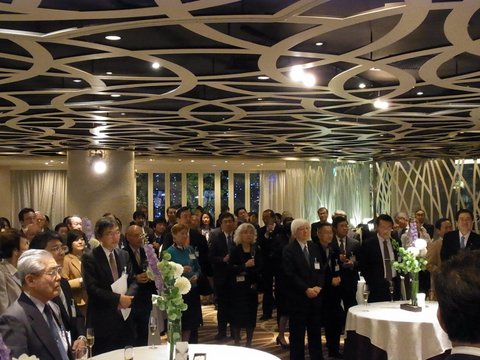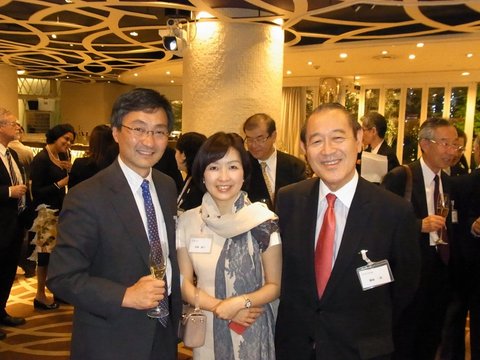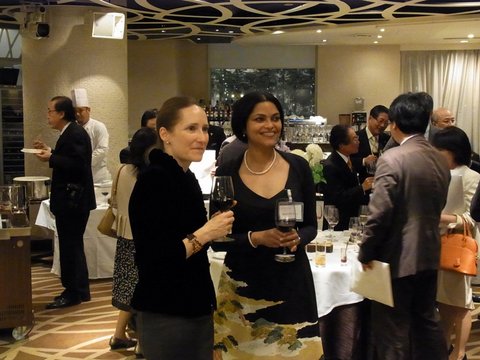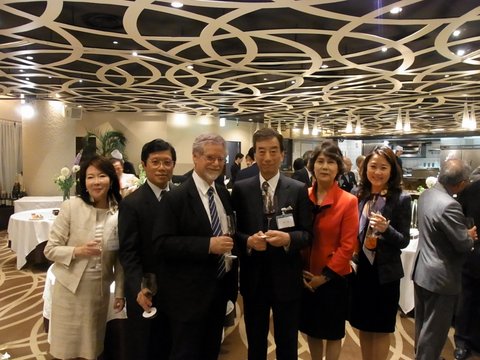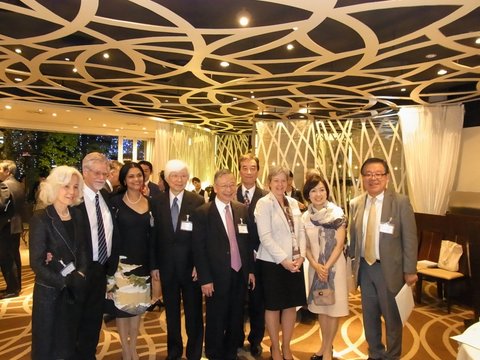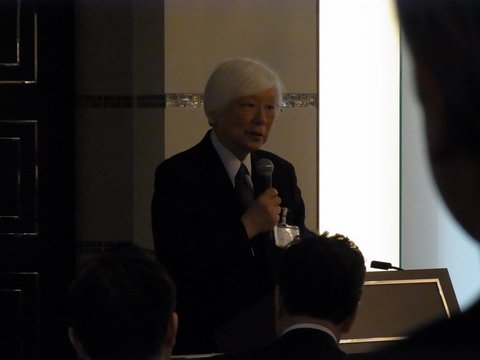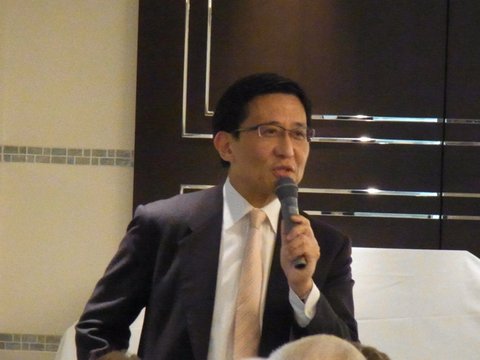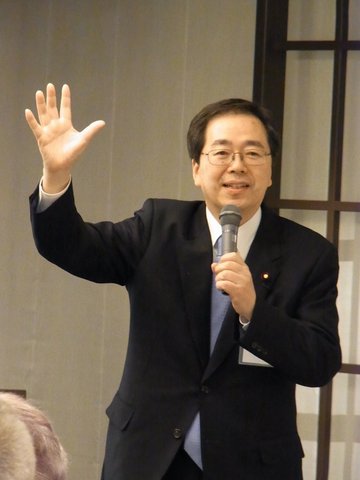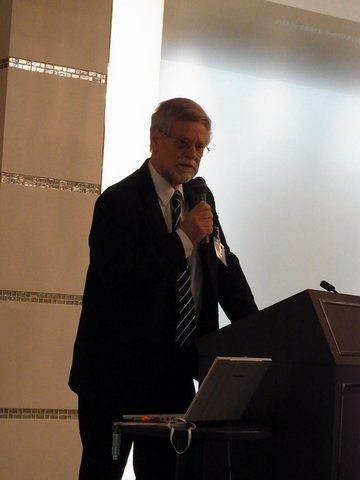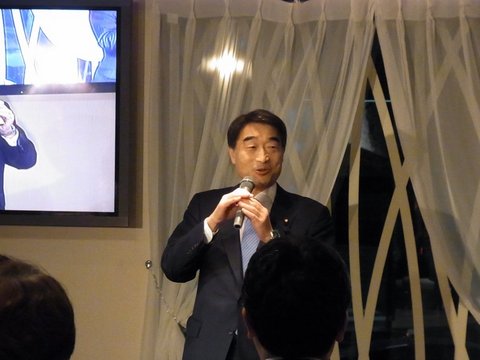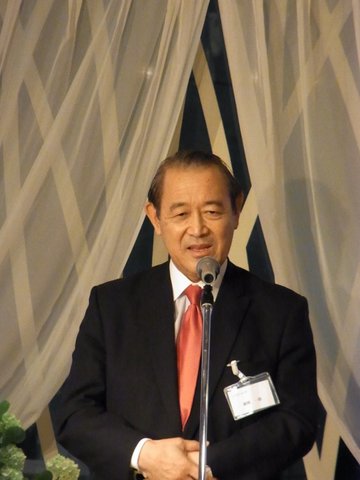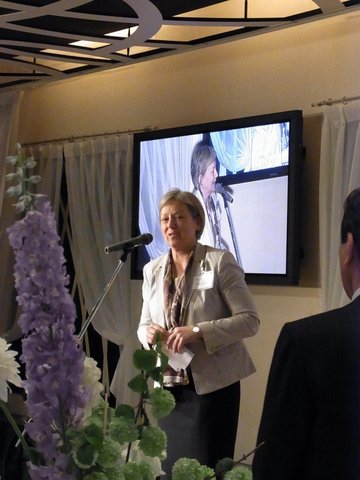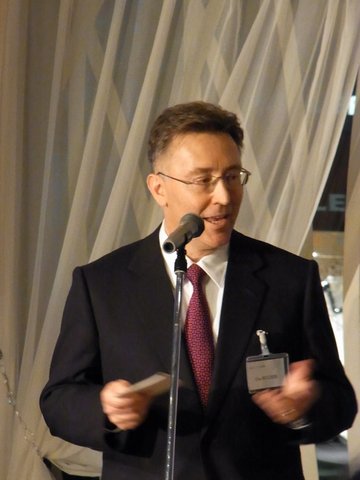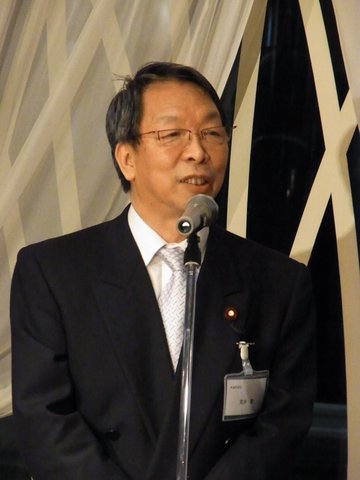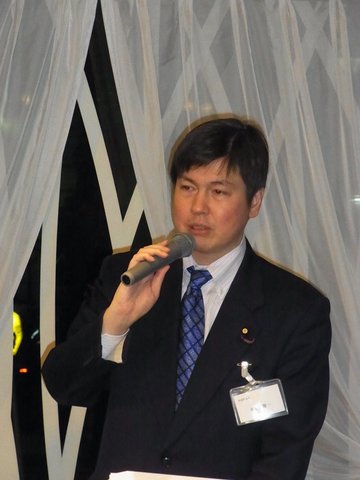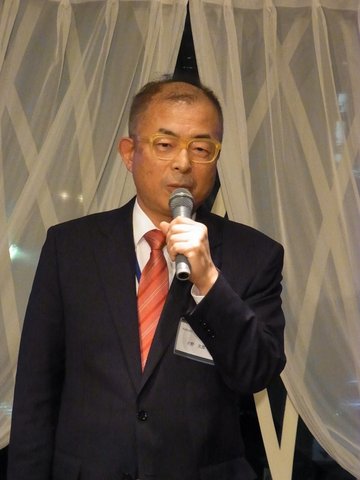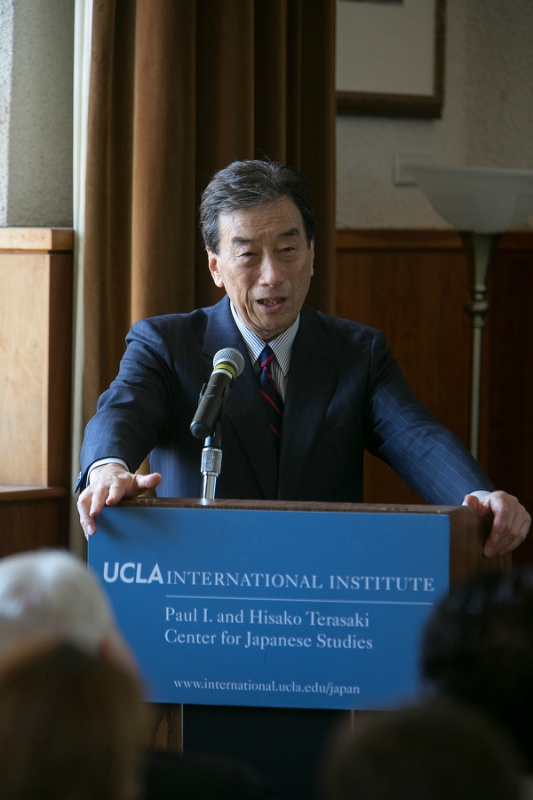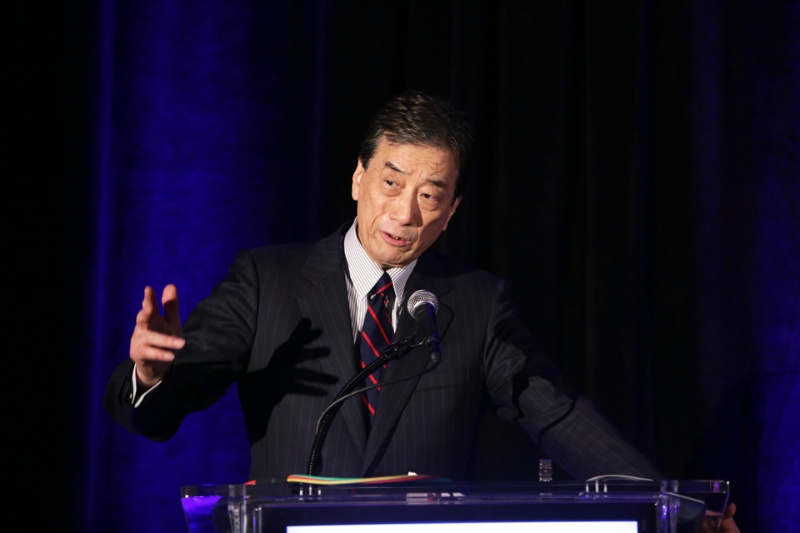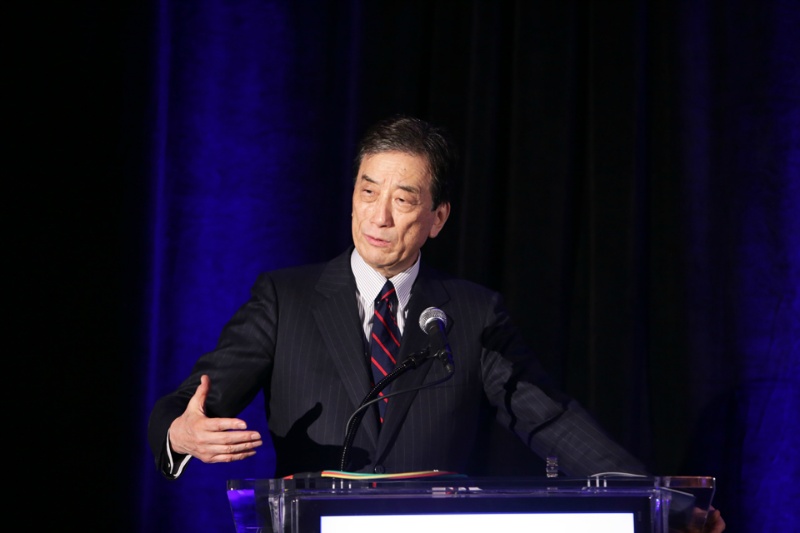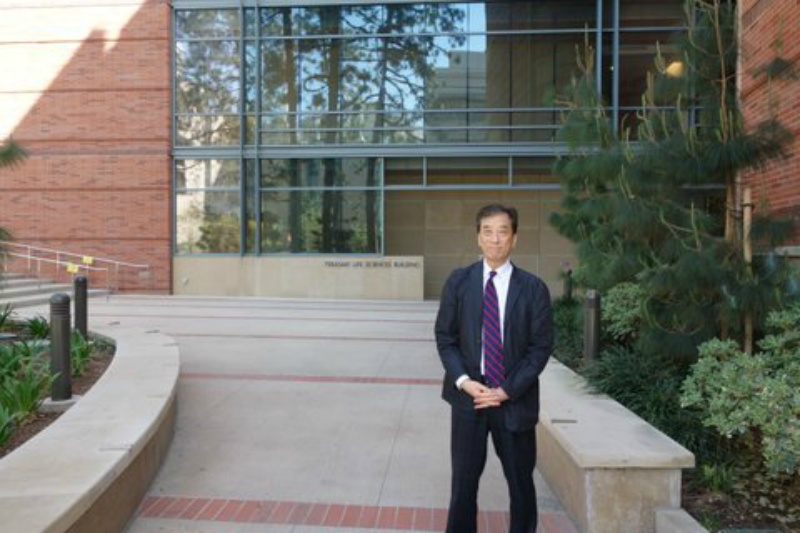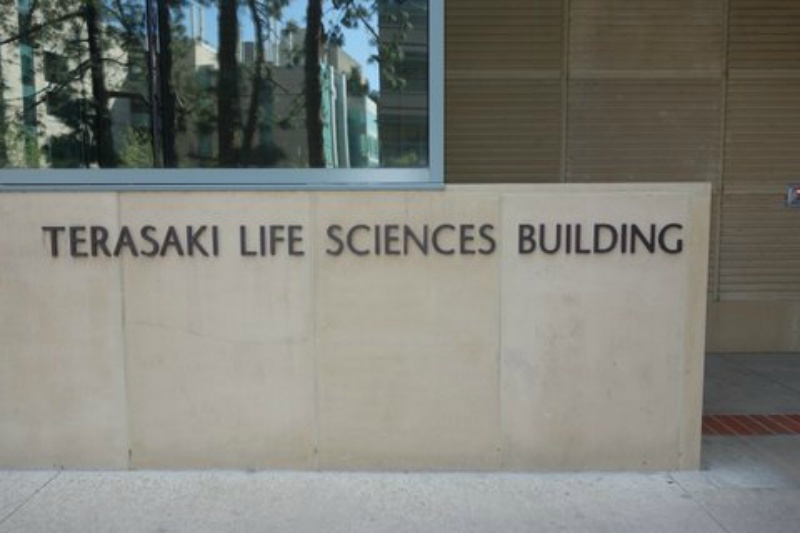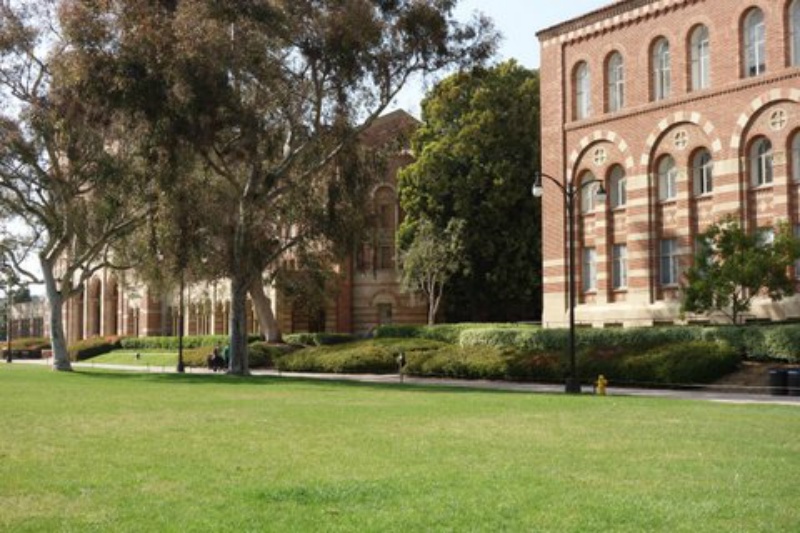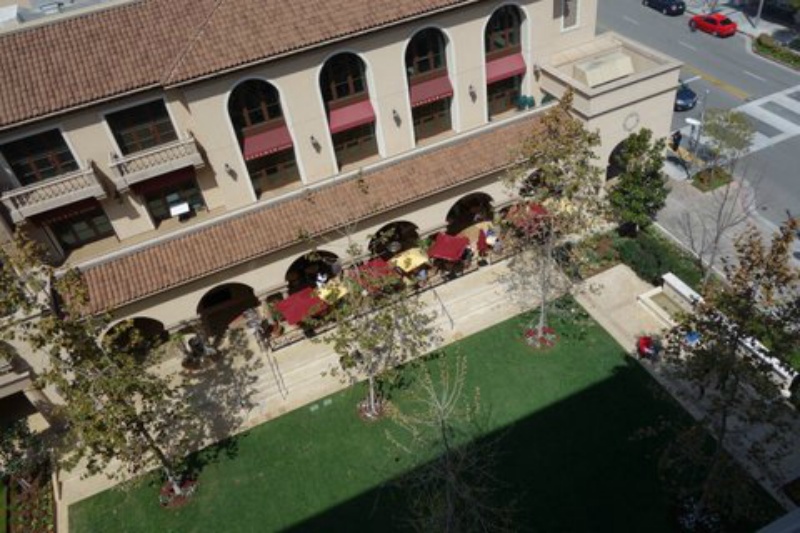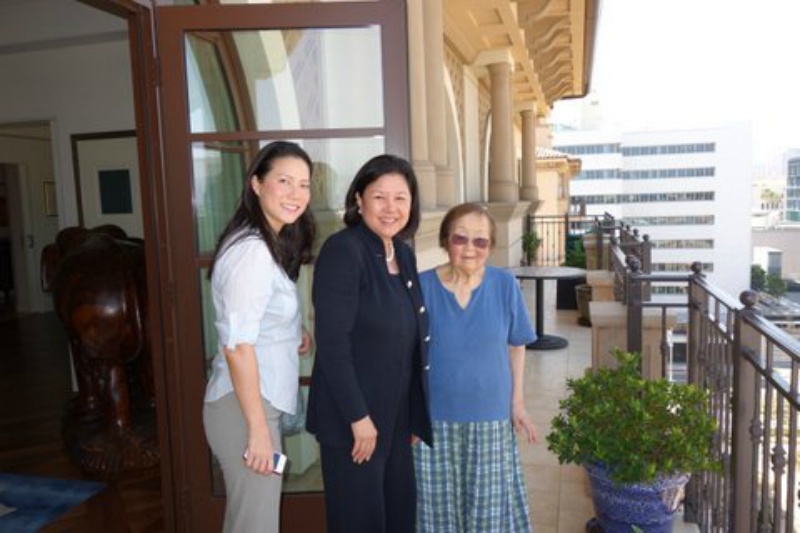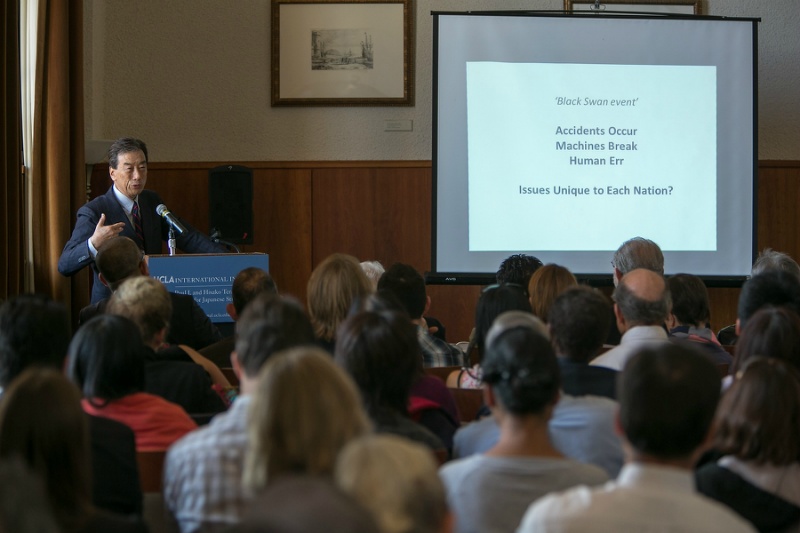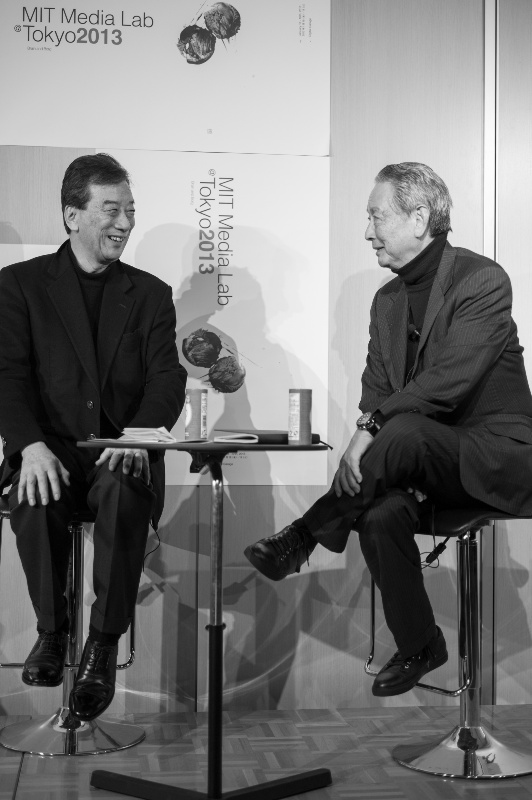Already into its 5th year, this year’s TEDxTokyo was held in Hikarie building of Shibuya. I have been involved in this initiative from the beginning, and I have watched as this event has steadily garnered more and more attention. The number of young volunteers has been increasing year by year, and so has the number of sponsors, making for a invigorating day.
As with every other year, Patrick was the host, and he livened up the day with his nimble and witty talk.
Each talk or presentation was interesting and informative, and they added up to a wonderful program which can be viewed online. On a personal note, I believe that the audience was greatly inspired by the talk of Shigeru Ban (1– in Japanese -, 2, 3), an architect with whom I go back a long way and whose dynamism and energy still commands my respect. Each speakers shared their own life ‘story’, and I think this is what made the event a profoundly moving one.
And in a manner reminiscent of the TED talks held at Long Beach (home to TED since 2008), the end of each talk was met with a hearty applause from the crowd, and the standing ovations in particular speaks volumes about the response to each of the speeches.
With evening came the rain. As the TED event wrapped up, I excused myself and headed for Juntendo University in order to pay a visit to Professor Tomino at the reception for the Japanese Society for Nephrology, an event he organized as chairman. I was also able to meet David Harris after a long time. I remember him from Sydney in 1997 as a capable Secretary-General who helped organize a successful World Congress of Nephrology. It was a chance to catch up with old friends from my original field of expertise after a long time.

